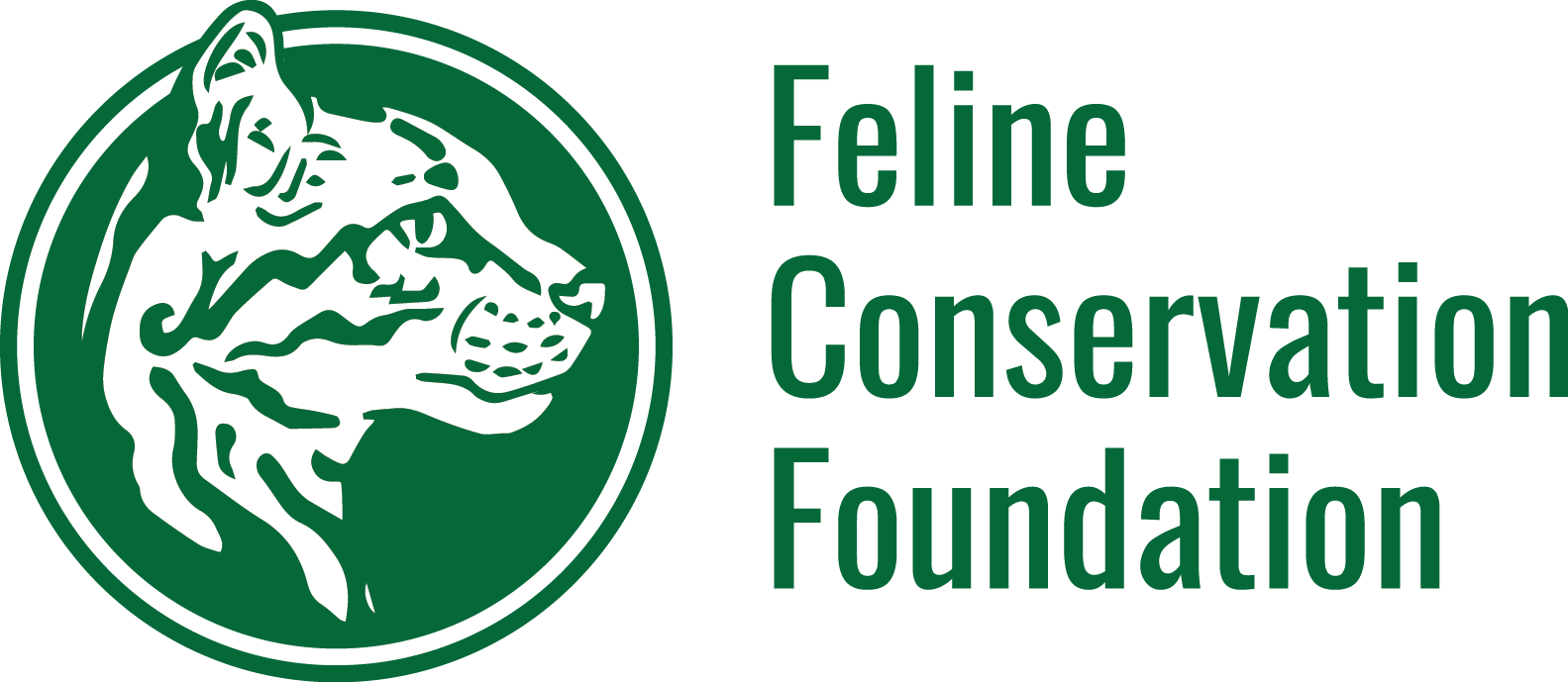Federal Regulations Affecting Wild Felines in Human Care
Wild felines, from majestic tigers to elusive ocelots, captivate our imagination and play critical roles in their natural ecosystems. However, when these magnificent creatures are kept in human care—whether in zoos, sanctuaries, or private ownership—they become subject to a variety of federal regulations designed to protect both the animals and the public. This article explores three key pieces of federal legislation that impact wild felines in human care: The Endangered Species Act, The Captive Wildlife Safety Act, and The Big Cat Public Safety Act.
The Endangered Species Act (ESA)
The Endangered Species Act (ESA), enacted in 1973, is one of the most significant environmental laws in the United States. The ESA aims to protect species that are at risk of extinction and to conserve the ecosystems upon which they depend. Under the ESA, species are classified as “endangered” or “threatened,” and their habitats are safeguarded to prevent further decline.
Impact on Wild Felines:
For wild felines such as tigers, jaguars, and leopards—many of which are classified as endangered—the ESA imposes strict regulations on their care, breeding, and transport. Facilities that house these species must obtain permits from the U.S. Fish and Wildlife Service (USFWS) for activities like breeding, import/export, or public exhibition. The ESA also restricts the interstate commerce of these animals, ensuring that any trade is consistent with conservation efforts.
Learn more about the Endangered Species Act: U.S. Fish and Wildlife Service – ESA Overview
The Captive Wildlife Safety Act (CWSA)
The Captive Wildlife Safety Act (CWSA), signed into law in 2003, was specifically designed to address the increasing concern over the private ownership of big cats in the United States. The CWSA amends the Lacey Act to make it illegal to import, export, buy, sell, transport, or receive any big cats across state lines unless the owner is exempt under certain conditions (e.g., zoos, research institutions, and sanctuaries).
Impact on Wild Felines:
The CWSA targets the private ownership of big cats like lions, tigers, leopards, and cougars. The law is intended to protect both the animals and the public from the dangers associated with keeping large, potentially dangerous predators in private settings. While the CWSA does not make it illegal to own a big cat, it places stringent restrictions on their interstate movement, which has led to a significant decrease in private ownership.
Learn more about the Captive Wildlife Safety Act: U.S. Fish and Wildlife Service – CWSA Fact Sheet
The Big Cat Public Safety Act (BCPSA)
The Big Cat Public Safety Act (BCPSA), passed in 2022, is the most recent federal legislation aimed at addressing the issues surrounding the private ownership and commercial exploitation of big cats. The BCPSA builds upon the foundation set by the CWSA and introduces more comprehensive regulations. It prohibits the private ownership of big cats and restricts direct public contact with these animals, a practice often seen in roadside zoos and private exhibitions.
Impact on Wild Felines:
The BCPSA is a game-changer for the regulation of big cats in human care. It mandates that individuals who currently own big cats must register them with the USFWS and adhere to strict guidelines regarding their care and enclosure. The law also bans practices like cub petting, which have been criticized for their negative impact on animal welfare and their contribution to the illegal wildlife trade. Enforcement of the BCPSA is expected to reduce the number of big cats in private hands and improve the overall welfare of these animals.
Learn more about the Big Cat Public Safety Act: Congress.gov – BCPSA Overview
Conclusion
Federal regulations like the Endangered Species Act, the Captive Wildlife Safety Act, and the Big Cat Public Safety Act play crucial roles in protecting wild felines in human care. These laws not only safeguard the animals’ well-being but also help ensure public safety by regulating the conditions under which these powerful creatures are kept. While these regulations are vital, ongoing education and advocacy are needed to ensure their effective implementation and to promote the conservation of wild feline species both in captivity and in the wild.
For more information on how these laws impact wild felines and what you can do to support their conservation, consider visiting the links provided or joining organizations like the Feline Conservation Foundation (FCF) to stay informed and engaged in these critical issues.
